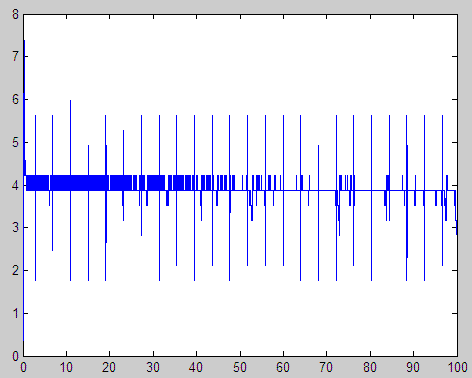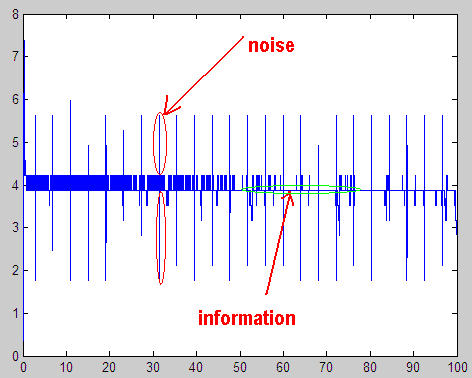hameeds01
Advanced Member level 2
- Joined
- Aug 23, 2005
- Messages
- 599
- Helped
- 75
- Reputation
- 156
- Reaction score
- 41
- Trophy points
- 1,308
- Location
- Islamabad Pakistan
- Activity points
- 4,540
sensor data filteration
microcontroller is receiving some data via sensor & that sensor data has noise, now my question is how i can filter out this type of data ??

microcontroller is receiving some data via sensor & that sensor data has noise, now my question is how i can filter out this type of data ??

